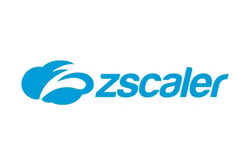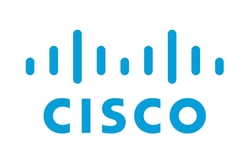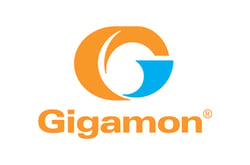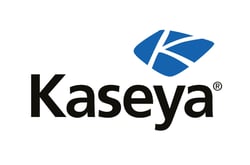FIPS 140-2 Expires on 9/21/26. Don't Risk Your Federal Contracts.
FIPS 140‑2 certifications must transition to FIPS 140‑3 before September 21, 2026, or it will no longer be considered compliant by government buyers. Delaying validation now could seriously jeopardize your upcoming federal contracts.
Traditional FIPS 140-3 Certification Takes Two or More Years
Getting a FIPS 140-3 certificate involves documentation, testing, and validation. This process can take two or more years, not counting the time required to develop the cryptography software.
It Requires Extensive Collaboration Between:
- Developers
- Product Managers
- Compliance Experts
- FIPS Consultant
- NIST-Authorized Certification Lab
- NIST’s Cryptographic Module Validation Program (CMVP)
If You Haven't Started the Transition from FIPS 140-2 Yet, Your Product is at Risk of Going 'Historical'.
Since the conventional FIPS 140-3 certification process usually takes two+ years, starting now results in a certificate in August 2027 at the earliest. This means you risk being out of market for at least a year!


Still Using FIPS 140-2? You Must Act Before the 2026 Deadline.
Going for FIPS validation on your own is not for the faint of heart. But this is not the only option.
With SafeLogic’s unique FIPS 140-Validated Cryptography Software, we can get you a FIPS 140-3 certificate in your own company’s name in just 90 days, versus the two+ years it usually takes.
Stay Off the Historical List. Stay Compliant. Stay Competitive.
- Stay on the official FIPS 140-3 compliant list
- Avoid FIPS 140-2 end-of-life risks
- Maintain visibility with federal buyers and procurement officers
- Don’t get left behind when your current module goes “historical”
Why Choose SafeLogic for FIPS 140-3 Validation?
Get FIPS 140-3 Validated Faster, Launch Sooner, and Maintain Compliance Over Time
Get FIPS 140-3 Validated in Only 90 Days
SafeLogic speeds up FIPS validation, getting you certified in a fraction of the usual time. Get your product to market quicker, saving valuable time and driving revenue sooner.Get FIPS 140-3 Certification In Your Own Name
With SafeLogic, you don’t just comply—you get fully validated, meaning the certification is in your name or your company's name. This ensures you maintain control and credibility.Effortless Efficiency with Predictable Costs
Leverage SafeLogic’s FIPS 140 experts to streamline your process, freeing up your team to focus on higher-value projects while enjoying predictable, fixed costs over time.
Maintain FIPS 140 Certification Over Time
Ensure you remain in good standing with changing NIST FIPS 140 requirements. Our experts help navigate evolving standards seamlessly so you stay compliant without disruption or delays.Three Unique FIPS 140 Offerings Keep You Secure and Validated... Fast!
Getting your cryptographic software certified by NIST for FIPS 140-3 can take two or more years. SafeLogic slashes that timeline to just 90 days and ensures your certification stays active with the following three key capabilities.
Click on the boxes below to learn more about each of our FIPS 140-3 validation offerings.

CryptoComplyTM
CryptoComply is SafeLogic’s flagship FIPS 140-validated software delivering “Drop-in Compliance” as a direct replacement for popular open-source cryptography providers.


RapidCertTM
SafeLogic revolutionized the FIPS industry twelve years ago with RapidCert, the industry's first expedited rebranding program. Get FIPS certification of your CryptoComply software, in your name, in only 90 days with RapidCert.

MaintainCertTM
Now SafeLogic is revolutionizing FIPS again with MaintainCert. FIPS certificates go ‘historical’, meaning they are no longer valid, all the time. Not with MaintainCert, SafeLogic’s new white-glove offering, which includes enterprise software and FIPS certification support.
FIPS 140-3 Validated / Certified is the Gold Standard, While FIPS 140 Compliant is a Dangerous Strategy
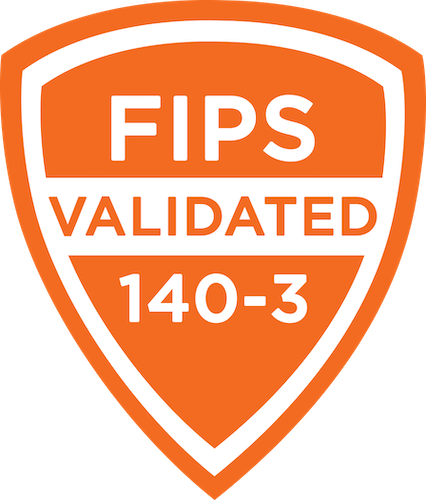
Compliant, validated, and certified are NOT synonyms when it comes to FIPS 140-3. Thinking they are can lead to costly mistakes.
FIPS 140 Validated means your company's cryptographic module has passed a formal testing process with a NIST-approved lab and received a FIPS validation certificate in your company’s name. This certificate is listed publicly.
FIPS 140 Compliant uses a FIPS 140 validated cryptographic module from an open-source, OS or cloud services provider. While this might seem like a good idea, this FIPS compliance strategy is extremely risky for two reasons:
- FIPS compliant today may not be FIPS compliant tomorrow if someone else’s module goes out of compliance (e.g., goes Historical). This often happens when a vendor declares an older product ‘end-of-life’. When that happens, it’s your public sector sales that are at risk.
- Government procurement agents may block the acquisition of products that do not have FIPS certification in their own name in the CMVP database. They will want to see that the CMVP certificate has an organization’s specific details.
SafeLogic's CryptoComply customers don't have these challenges. Our FIPS 140-3 validated software gets FIPS 140-3 certificates and listings in the CMVP database in your company's name. And it takes just 90 days, not two years! Then we maintain the software and your FIPS 140 certifications, ensuring you remain in "Active" status until your sunset dates.
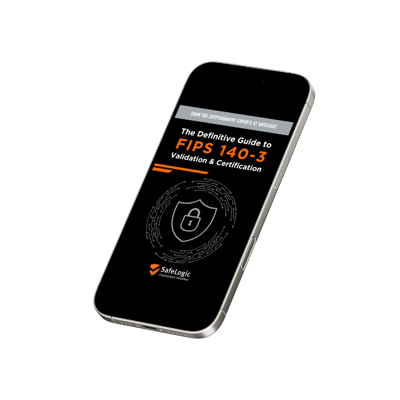
Everything You Need to Know About FIPS 140-3 Validation: From Basics to SafeLogic’s Accelerated Strategy
Navigating FIPS 140-3 validation can be complex, but it’s essential for ensuring that your cryptographic modules meet the highest federal security standards.
In this comprehensive guide, SafeLogic’s cryptography experts walk you through everything you need to know—from the history and benefits of FIPS 140-3 to the challenges and transition from FIPS 140-2.
Whether you’re new to FIPS or need to update from FIPS 140-2, this guide is your essential resource for success.
Inside You’ll Learn:
- About FIPS 140-3: History, Benefits and Challenges
- Transitioning from FIPS 140-2 to FIPS 140-3
- What is Required to Get FIPS 140-3 Validated?
- What Does the Future Entail for FIPS 140-3?
- SafeLogic’s FIPS 140-3 Strategy
Complete the form to download the eBook now and fast-track your path to FIPS 140-3 validation and certification.
How to Transition from FIPS 140-2 to FIPS 140-3
Learn the key differences between FIPS 140-2 vs 140-3, what’s changing, and strategies to accelerate your transition in our expert-led webinar.
What’s the Difference Between FIPS 140-2 and 140-3?
Alignment with ISO/IEC 19790:2012 and ISO/IEC 24759:2017 By aligning with these international standards for cryptographic modules and testing methods, FIPS 140-3 ensures global interoperability and recognition of validated cryptographic modules worldwide. These international standards are based on FIPS 140-2.
Enhanced Physical Security Requirements FIPS 140-3 provides more detailed and stringent requirements for physical security, particularly at higher security levels. This includes better protection against environmental attacks and unauthorized physical access.
Improved Key Management Practices The updated standard places greater emphasis on secure key management practices, ensuring that cryptographic keys are generated, stored, and destroyed securely.
Increased Focus on Software Security With the growing prevalence of software-based cryptographic modules, FIPS 140-3 introduces more comprehensive requirements for software security. This includes secure coding practices, regular software updates, and protection against software vulnerabilities.
Updated Testing and Validation Processes The testing and validation processes have been updated to reflect the latest advancements in cryptographic technology and security testing methodologies. This ensures that validated modules meet the highest security standards.
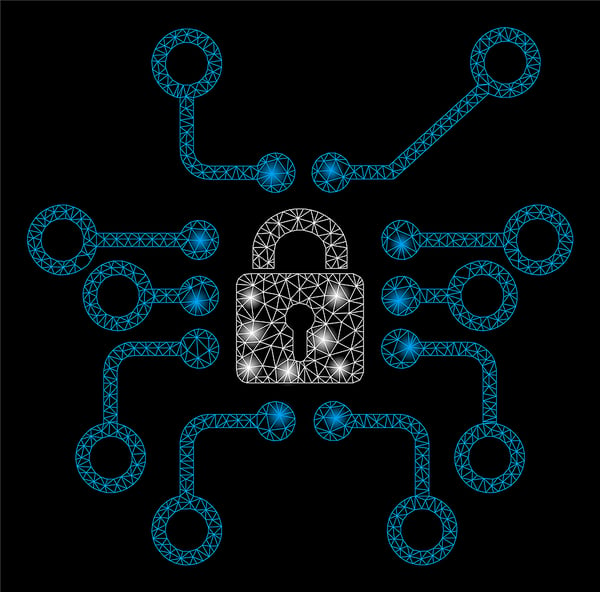
FIPS 140 FAQs
FIPS 140 certification is a U.S. government standard that specifies security requirements for cryptographic modules used within any government system with encryption to protect sensitive information.
It ensures that cryptographic products meet federal security standards, making them reliable for protecting sensitive data, especially in government and regulated industries. If you don't have FIPS 140 certification, procurement agents can block the purchase of your product.
The FIPS 140-3 standard provides four increasing, qualitative levels of security: Level 1, Level 2, Level 3, and Level 4. These levels are intended to cover the wide range of potential applications and environments in which cryptographic modules may be employed. Each subsequent level builds upon the requirements of the previous level. These levels are clearly indicated on each validation certificate. The strength and functionality of the cryptography is the same for each level.
In short, yes. These government programs have all been built using NIST publications as building blocks, so they all reference NIST’s existing advisories and guidance on the proper usage of cryptography, known as FIPS 140.
For more technical insight on specific programs and dependencies, check out our repository of whitepapers.
Traditionally, the certification process can take two or more years, depending on the complexity of the cryptographic module and the validation back log. However, with solutions like SafeLogic, it can be expedited to around two months.
The certification is conducted by the National Institute of Standards and Technology (NIST) and its Canadian equivalent through the Cryptographic Module Validation Program (CMVP). Accredited laboratories evaluate cryptographic modules to ensure compliance with FIPS 140 standards.
Any product that uses cryptography to secure sensitive information sold to the government, including software applications, hardware devices, and firmware, may require FIPS 140 certification.
FIPS 140 certification expires every five years. Maintaining compliance with evolving standards and conducting regular reviews of your cryptographic module is essential.
No. Government agencies require FIPS 140 certified products to ensure compliance with federal regulations when handling sensitive data.
SafeLogic streamlines the certification process, reducing the time to achieve FIPS 140 certification from two years to 90 days, and offers ongoing support to maintain certification over time.






